
Cloning Yourself (But Not Really): How to Leverage Small Research Teams for Greater Impact

What You’ll Learn
- Leverage a research toolkit
- Increase research participation
- Boost your research team’s impact and show its value
Conduct interviews, watch users' navigation and behavior, and analyze existing analytics for conversion data you can use to make UX decisions. These are just a few user-research techniques discussed in a variety of engaging seminars that apply to all of us who work in the web.


What You’ll Learn


What You’ll Learn


What You’ll Learn


What You’ll Learn


What You’ll Learn


What You’ll Learn
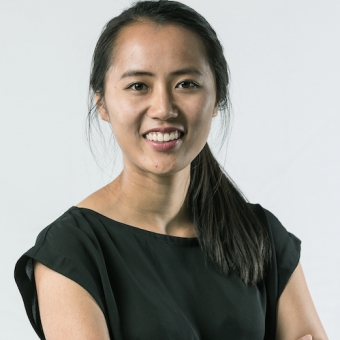

What You’ll Learn
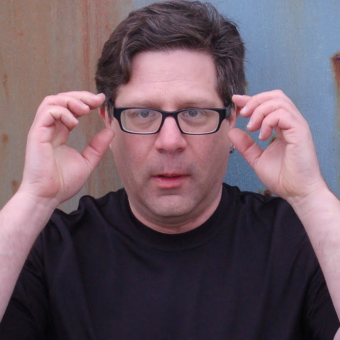

What You’ll Learn


What You’ll Learn


What You’ll Learn
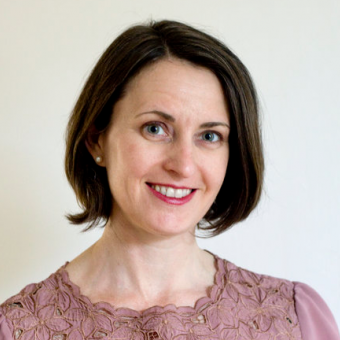

What You’ll Learn


What You’ll Learn


Why can’t we make it easier to be accessible?
Why can’t we aim for great user experiences that are also accessible? Creating accessible technology has to go beyond minimal compliance with standards that meets the law but may not be usable.
We need a bigger goal: creating delight for everyone. We’ll start by exploring what makes a delightful experience and how a good balance small pleasures and anticipated needs supports accessible UX in both big and small ways. Like any UX, this concern for users has to be part of every design decision.


What You’ll Learn


What You’ll Learn
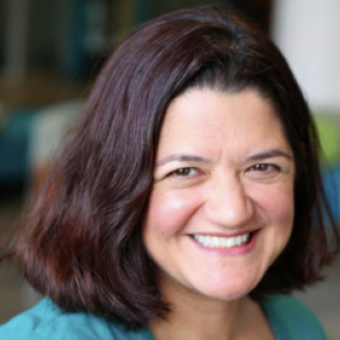

As a researcher, you spend your days understanding the customer—who are they? What problems are they solving? How do they behave today? How are they making decisions? How do you get that knowledge from your head into everyone else's heads?
You can't be in every meeting, you can't rely on everyone to read research reports, and—to make things even more challenging—you're often the bearer of bad news. Nope, the customer doesn't need this; sorry, the customer acts in totally unexpected ways.
In this talk, I'll share my tactics for spreading customer insights through an organization (even when they're not popular). You'll walk away with templates and some ideas to put into practice ASAP!
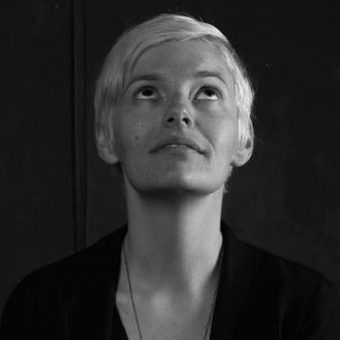

What You’ll Learn
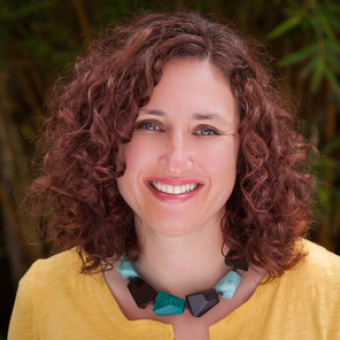

What You’ll Learn
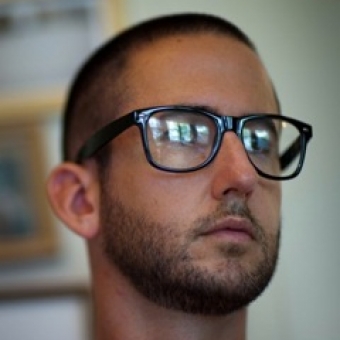

What You’ll Learn
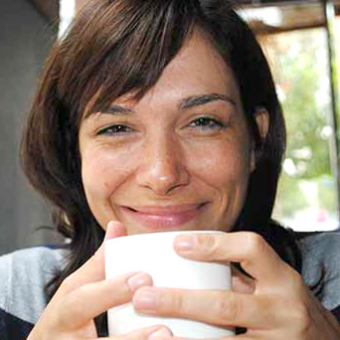

The mighty user research toolkit is packed with techniques. It can do everything from blue sky innovation research, to need-finding and requirements gathering, to product validation and testing. But many teams don't exploit the full toolkit, sticking instead to one side or the other of the quant versus qual divide, or returning again and again to that tired old workhorse—usability testing. In this session, Leah Buley will share a primer on the range of research methods available, and guide you in determining which is the best technique for what you’re trying to learn now (and for your budget).
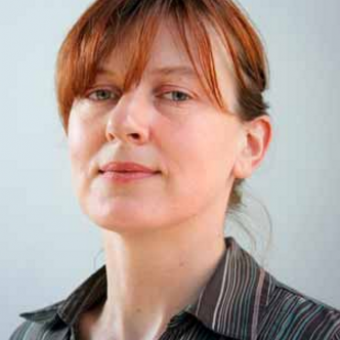

What You’ll Learn
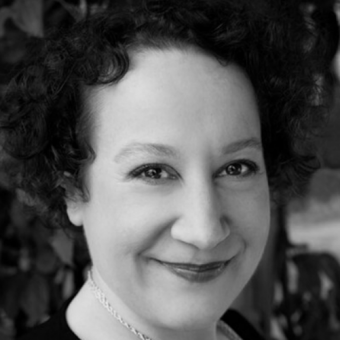

What You’ll Learn


What You’ll Learn


From Rosenfeld Media's Product Management + User Experience Virtual Conference.
Lots of product teams have progressed substantially over the past several years from very weak/novice to generally capable/competent. The dialog has moved from “why can’t we have a product designer or user researcher on our team?” to “why is it that our product manager and product designer are not always working together effectively?” and “why is it that the user research is being largely ignored when they have such seemingly valuable findings?”
This is actually progress, and we can see the improvements in the results, but in the commercial product world, it’s not sufficient to just have mediocre products, at least not for long. Our products have to provide substantial value over and above the alternatives. In this presentation, Inspired author Marty Cagan will focus on raising the game of product managers, product designers and user researchers. He will highlight several of the top issues/problems for these roles, and discuss how you can address each.
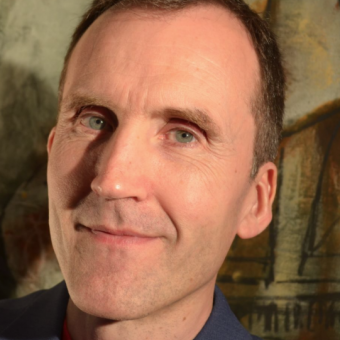

What You’ll Learn


What You’ll Learn


What You’ll Learn
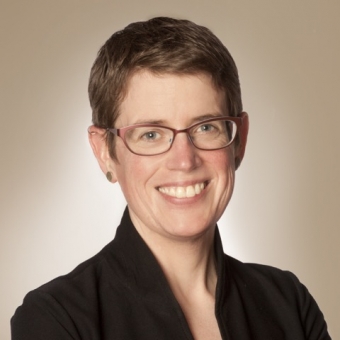

What You’ll Learn
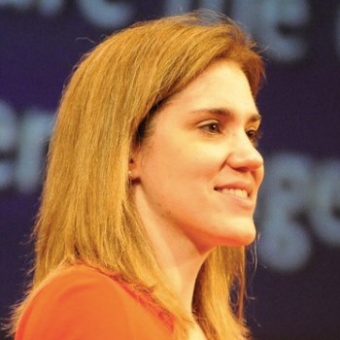

What You’ll Learn
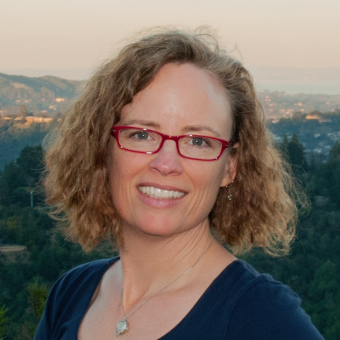

What You’ll Learn


What You’ll Learn


What You’ll Learn
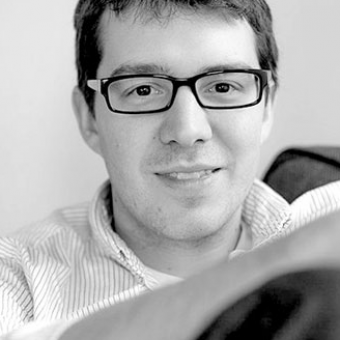

Most startup designers focus on delighting customers with how their products look and feel. But if a product isn’t solving a problem or meeting a need, customers won’t care how pretty it is. So, how can design be used to help shape the core of products? And how can designers convince their teams to let them go beyond visual design?
Braden Kowitz will share his insights into what startups really need from designers, as well as his team’s “Design Sprint” process for rapid prototyping. You’ll learn how user research lets you move faster and take more risks. How to work at the right level of fidelity. And how ugly things can lead to great design.


What You’ll Learn


What You’ll Learn


What You’ll Learn


What You’ll Learn


What You’ll Learn


What You’ll Learn
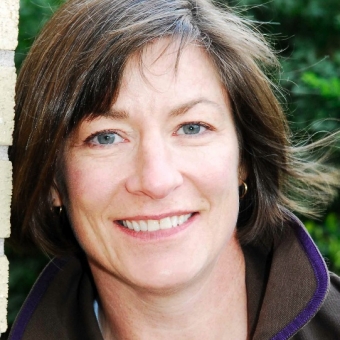

What You’ll Learn
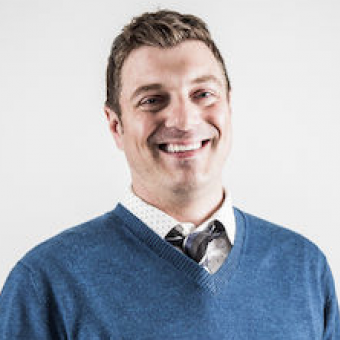

What You’ll Learn


What You’ll Learn
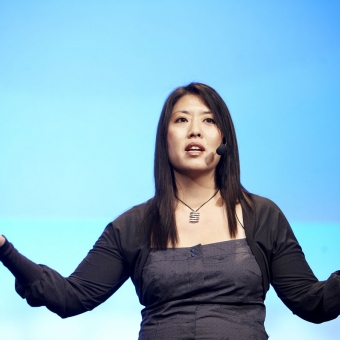

What You’ll Learn


What You’ll Learn


What You’ll Learn


What You’ll Learn


What You’ll Learn
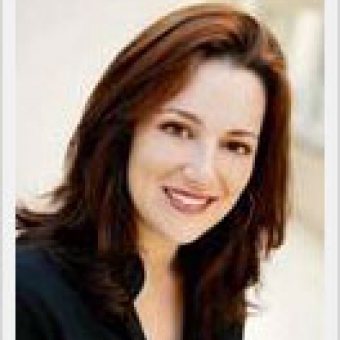

What You’ll Learn


What You’ll Learn


What You’ll Learn


What You’ll Learn


What You’ll Learn


What You’ll Learn


It's not clear when "quick and dirty" became a dirty phrase in the usability world. There are those that believe that testing must be scientific, and that takes time and money — luxuries not often available to many development projects.
However, it doesn't have to be that way. Useful insights can come just by having the chance to talk with and observe participants in the most informal of settings, such as cafés, trade shows, and the company cafeteria. You can get value from a quick test, even if you only have 2 days to pull it off, or don’t have a working design yet. Traditional by-the-book testing has its merits, but you can still get valid, useful results by cutting out the time-consuming and budget-busting expenses.
Usability testing expert Dana Chisnell knows what it means to work by-the-book – she co-wrote “the book” (The Handbook of Usability Testing) with Jeff Rubin. In this seminar, Dana will break down the process of collecting user research data, exploring the must-haves, the nice-to-haves, and the certainly-can-do-withouts. You'll learn how you can answer your essential design questions using methods that would make MacGyver proud.
This presentation is perfect if you have yet to conduct your first usability test. If you’re experienced with testing, Dana will show you some new ways to inject user research into those tight-on-resources projects that keep cropping up.


What You’ll Learn


What You’ll Learn
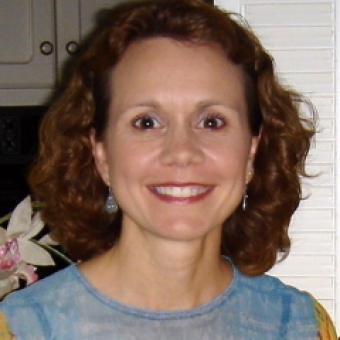

What You’ll Learn


What You’ll Learn
Did you know that you can get instant 48–hour access to any seminar for just $19/seminar?